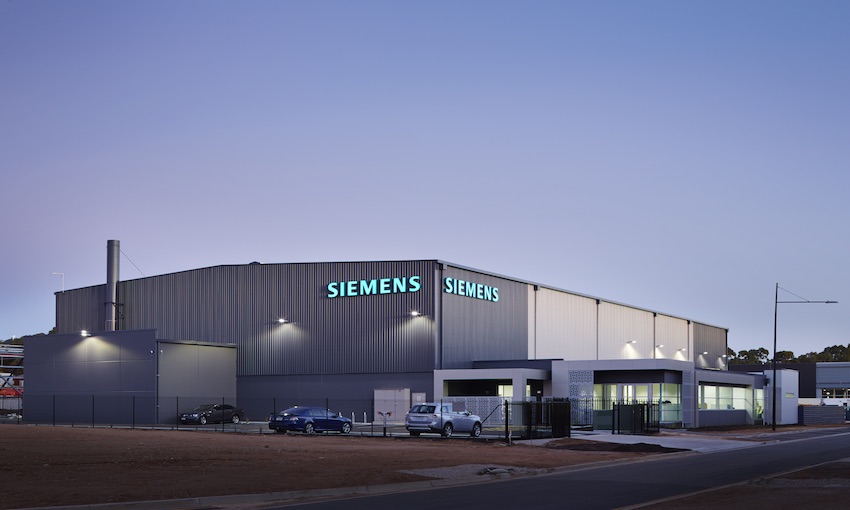SOUTH Australia’s intention to create a green hydrogen export industry has taken a big step forward, with the launch of a $240m hydrogen project. This project would be the largest green ammonia plant in the world, being 60 times larger than Australia’s largest electrolyser at Tonsley in Adelaide.
To support the export potential of South Australia, the government is allocating $37m in the upcoming 2020/21 State Budget, to upgrade the Port Bonython jetty as part of its plans to become an exporter of green energy to world markets.
Premier Steven Marshall said upgrading the jetty will unlock significant investment and export opportunities for South Australia, with hydrogen driving renewed interest in Port Bonython.
“South Australia’s ambition to create, use and export green hydrogen is getting global attention, and has great potential to create jobs and sustain long-term investment,” said the Premier.
“Maintaining this critical piece of infrastructure will unlock further export opportunities in key markets, particularly across Asia, boosting economic activity and creating jobs in our state.”
The South Australian government has been assisting Australian company H2U to establish connections with potential international customers, in relation to its hydrogen project at Port Bonython.
“The $240m demonstrator phase of the project is of global significance, but it is just the precursor to a much larger production and export facility, that could see us also strengthen our energy ties with traditional trading partners,” said the Premier.
“This comes at the perfect time, as we lead our economic recovery from the global coronavirus pandemic.”
The initial stage of the $240m H2U Eyre Peninsula Gateway Hydrogen Project will see the installation of a 75MW electrolyser near Whyalla, capable of producing enough hydrogen to create 40,000 tonnes of ammonia each year.
This would be the largest green ammonia plant in the world and is targeting completion in late 2022.
The Minister for energy and mining Dan van Holst Pellekaan said, “Our intention of net-100% renewable energy generation by 2030 will produce some of the most cost-effective green hydrogen in the world”.
Japan in particular has identified green ammonia as a key fuel to reduce its carbon emissions and fuel its economy.

